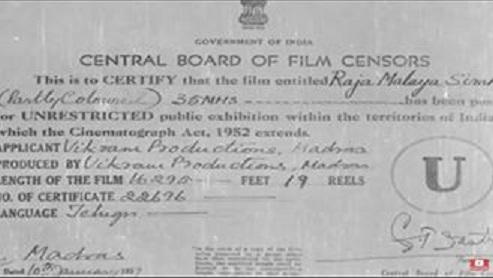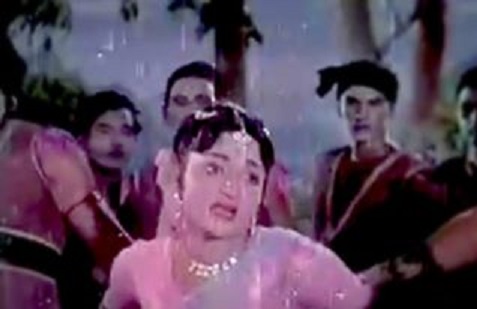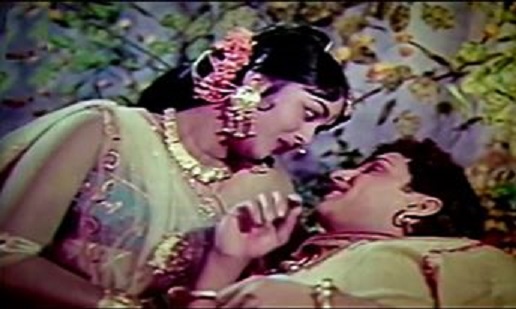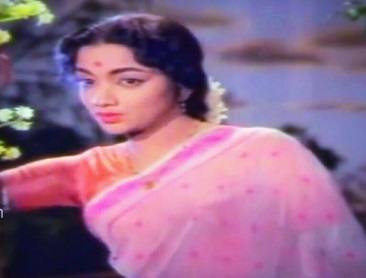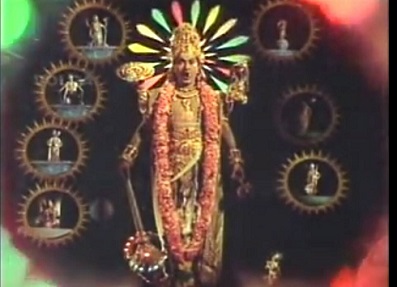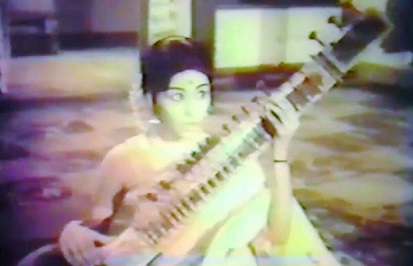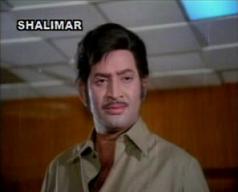Colour films in Telugu
Readers can send additional information, corrections, photographs and even |
Contents |
The pioneers
First ‘entirely in colour’ film: Lavakusa (1963/ GevaColor).
Bandipotu (1963) was Telugu cinema's first film to have some sequences in Eastmancolor
Amarashilpi Jakkanna (1964/ Telugu) was Telugu Cinema's first full length colour film shot in Eastmancolor. The economics of using expensive Eastmancolor made sense because the 161-minute epic was simultaneously made in Telugu as well as Kannada. The film was directed by Ranga B.S. and Jakkanna was played by Akkineni Nageshwara Rao. Saroja Devi B. acted as his love interest.
Eenadu (1982) is supposed to be the first Eastmancolor film in Telugu. Maybe it was the first Eastmancolor film in Telugu alone (without a simultaneous version in another Indian language)
Milestones
First colour film: Lava Kusha (Geva Color) (1963)
First Eastmancolor film: Bandipotu (Partly coloured) (1963)
First full length Eastmancolor film: Amara Shilpi Jakkanna (1964)
First ‘social’ film in colour: Tene Manasulu (Eastmancolor) (1965)
Last film in Geva Color Tahsindhar Gari Ammayi (1974)
Then where does this leave Eenadu (1982/ Telugu)? Nowhere. ( Eenadu is claimed on the internet to be the first Telugu film in Eastmancolor)
Gevacolor
Partly in Gevacolor
A 1962 Telugu film, Aaradhana was partly in colour. The song "Oho oho Mavayya" was shot in Gevacolor.
Eastmancolor
Partly in Eastmancolor
(The rest of the following films was in black and white)
Bandipotu (1963)
Veera Abhimanyu (1965)
Gudachari 116 (1967)
Poola Rangadu (1967)
Manasu Mangalyam (1969)
Bandipotu Dongalu (1969)
Mooga Nomu (1969)
Dharma Daata (1970)
Amayakural (1971)
Sri Krishna Vijayam (1971)
Ammma Kosam (1970)
Sisindri Chittibabu (1971)
Pavitra Hrudhayalu (1971)
Entire film in Eastmancolor
Ave Kallu (1967)
Bhakta Prahlada (1967)
Rahasyam (1967)
Vasantha Sena (1967)
Kalyana Mandapam (1971)
Prem Nagar (1971)
Sampoorna Raamaayanam (1971)
Sri Krishna Satya (1971)
Manchi Rojulu Vachayi (1972)
Andala Ramudu (1973)
Bhakta Tukaram (1974)
Krishnaveni (1974)
Authorship
Sajeeth Naveen Lourdes
created this page by sending photographs and facts as messages to the Facebook community, Indpaedia.com.
You can help by sending additional information (including anecdotes and the names of actors) to Indpaedia.com.
See also
Colour films in Telugu
CinemaScope films in Bangladesh, India, Nepal, Pakistan, Sri Lanka I.e. the first part of this article
70mm films in India/ South Asia
